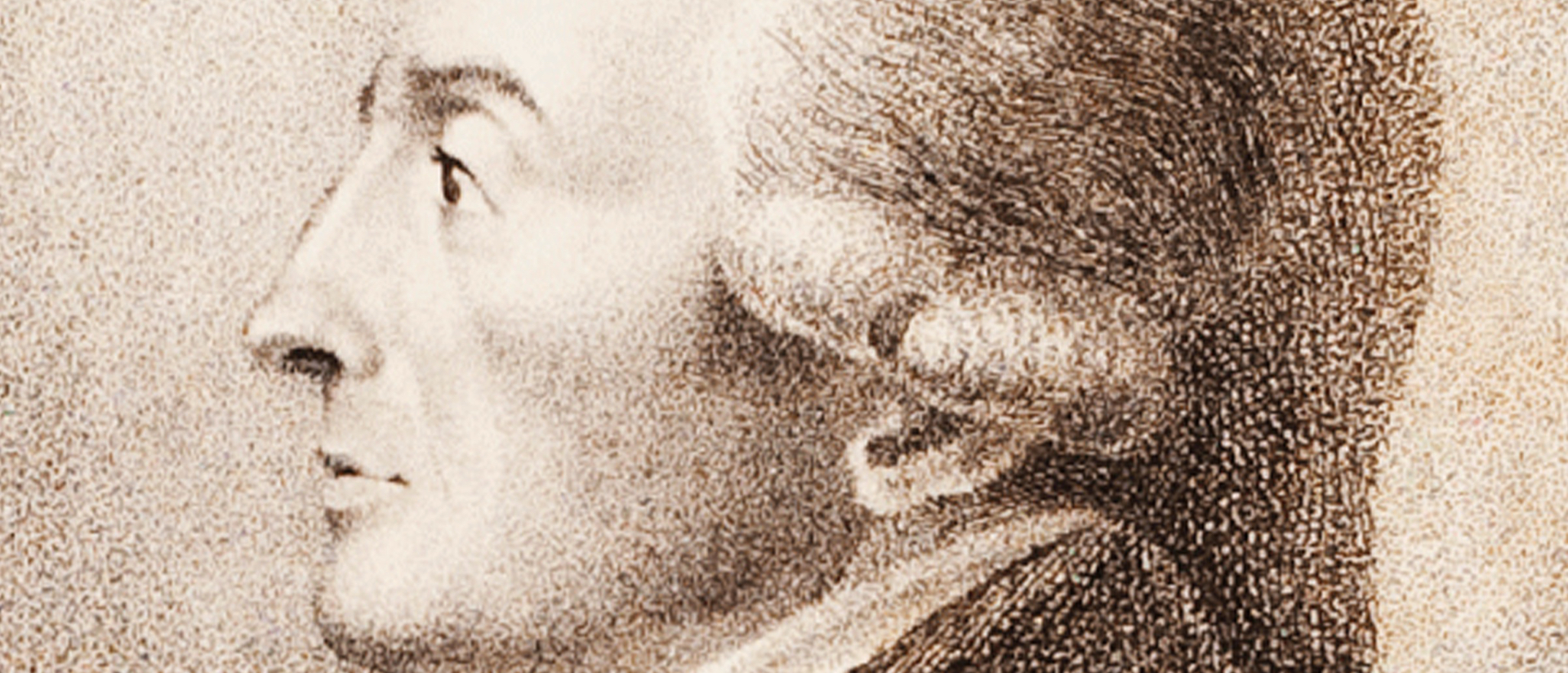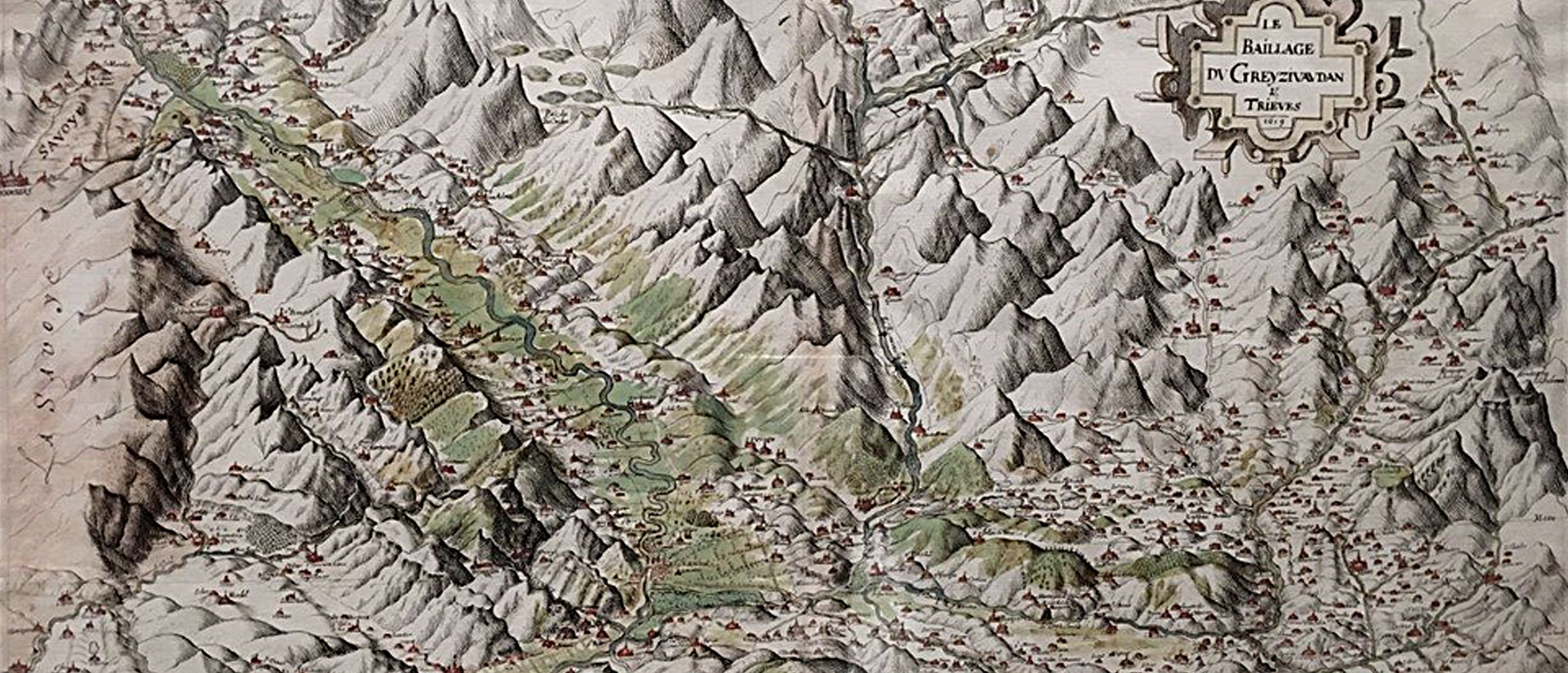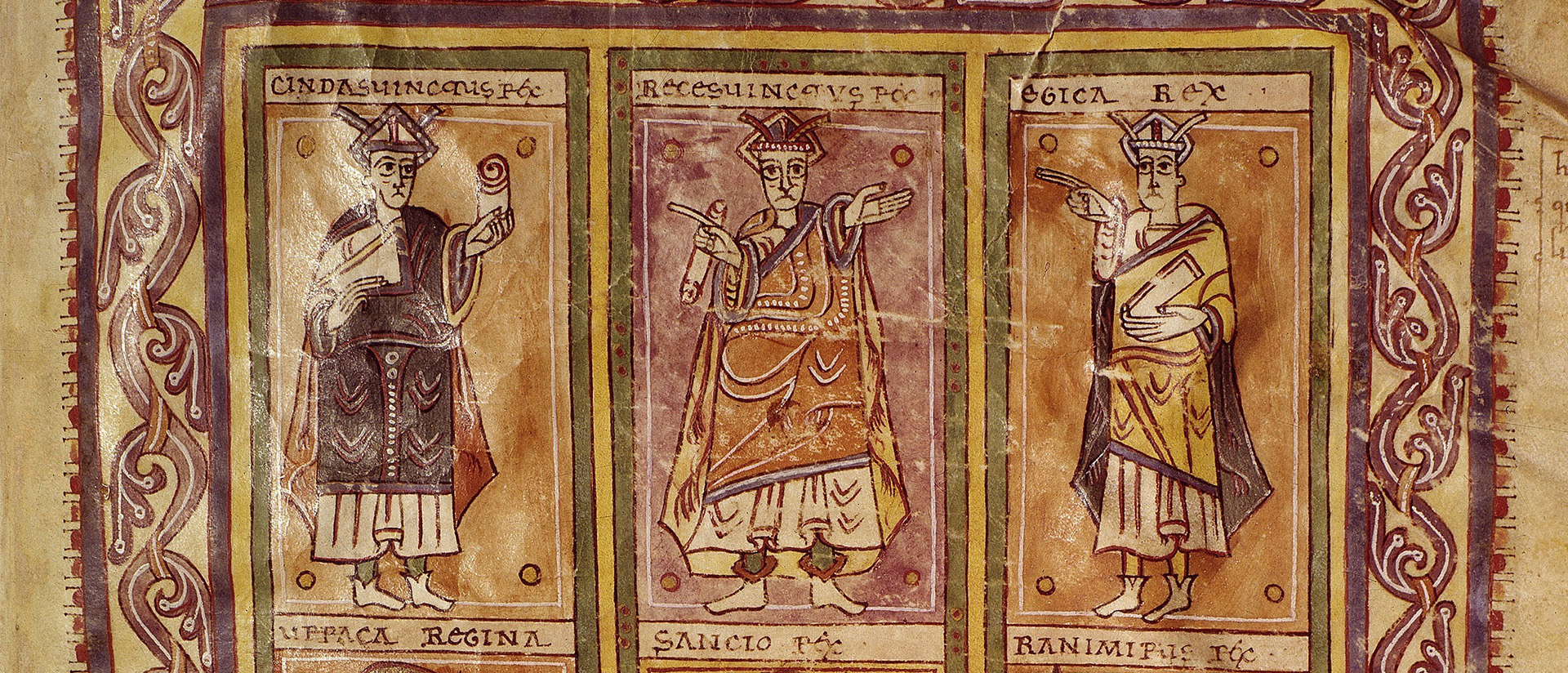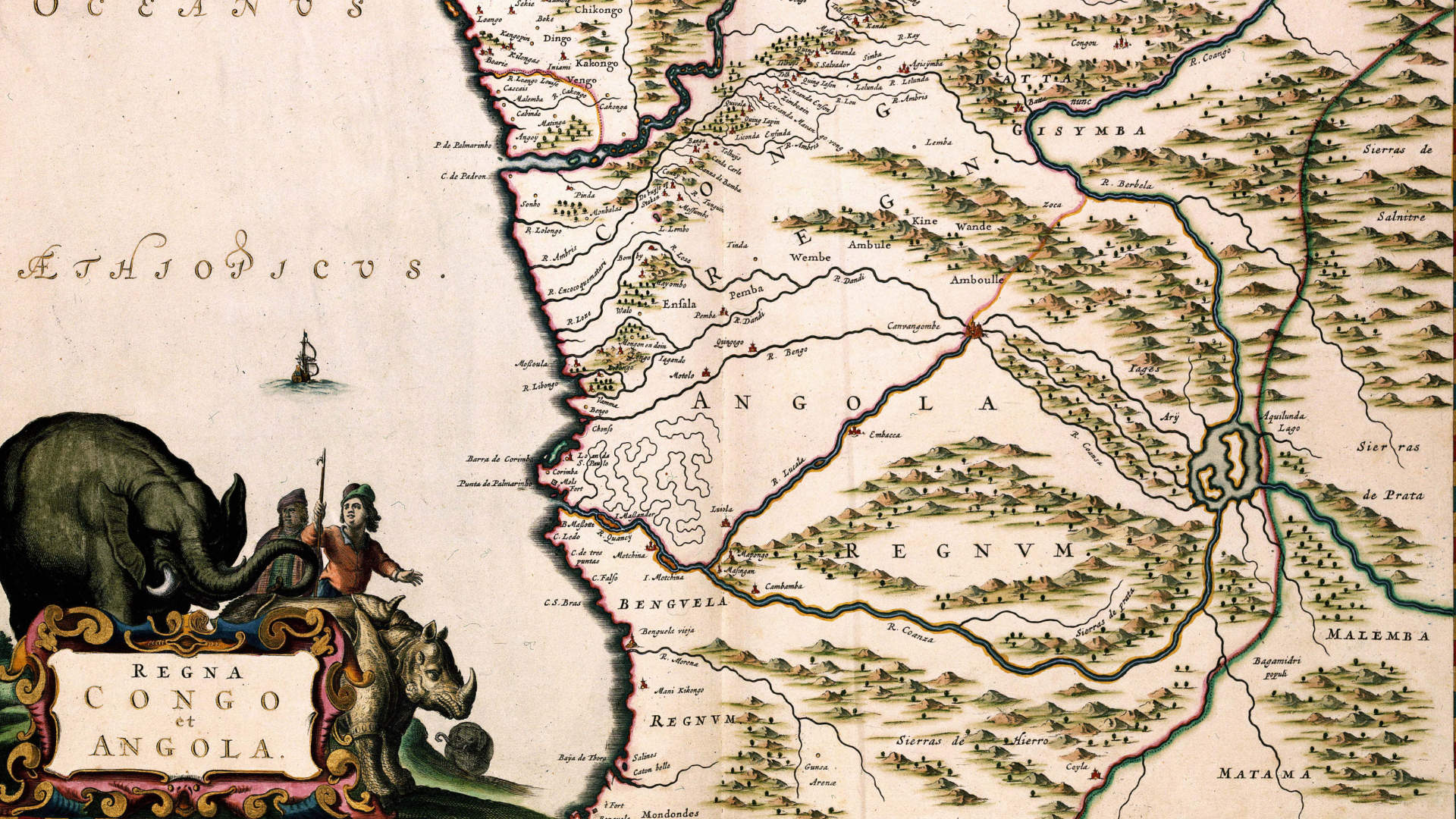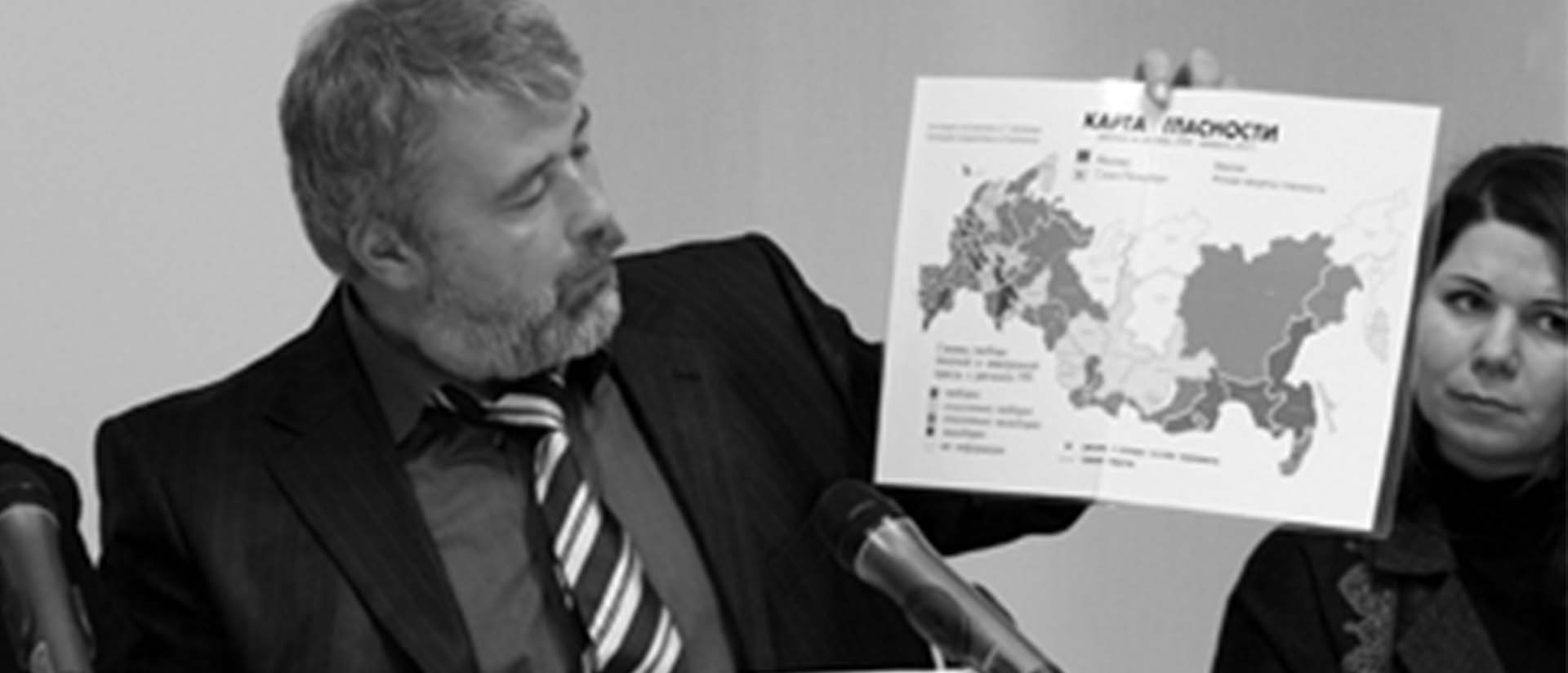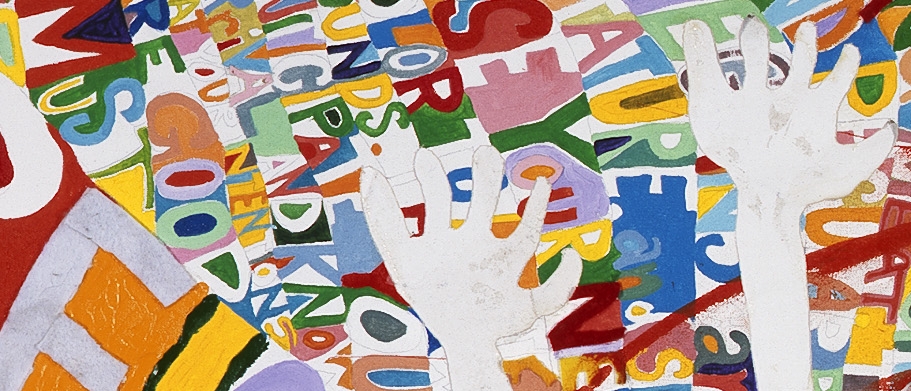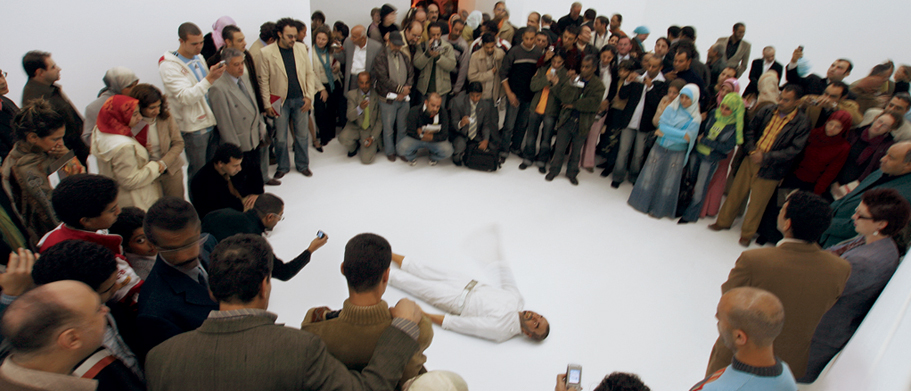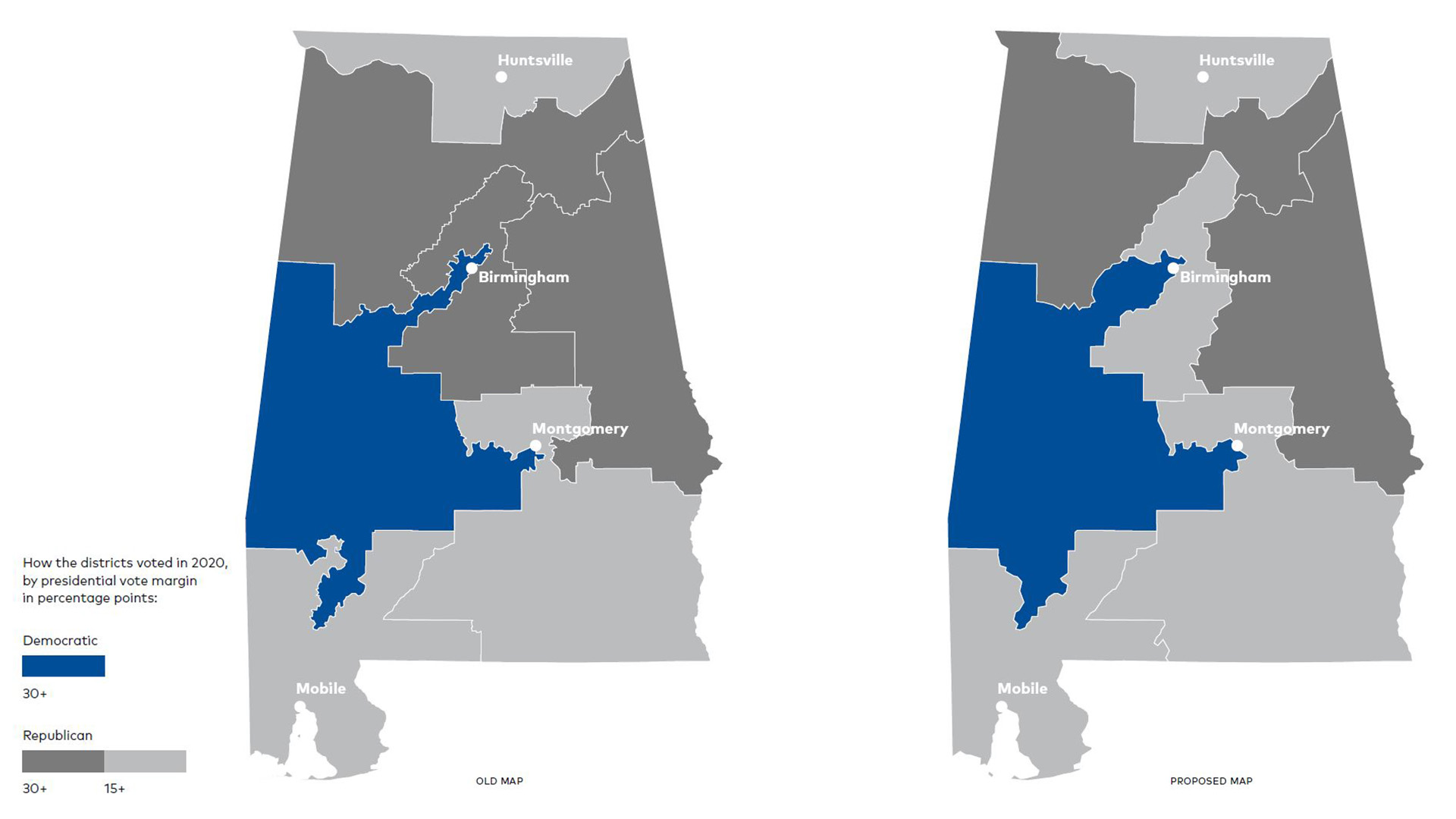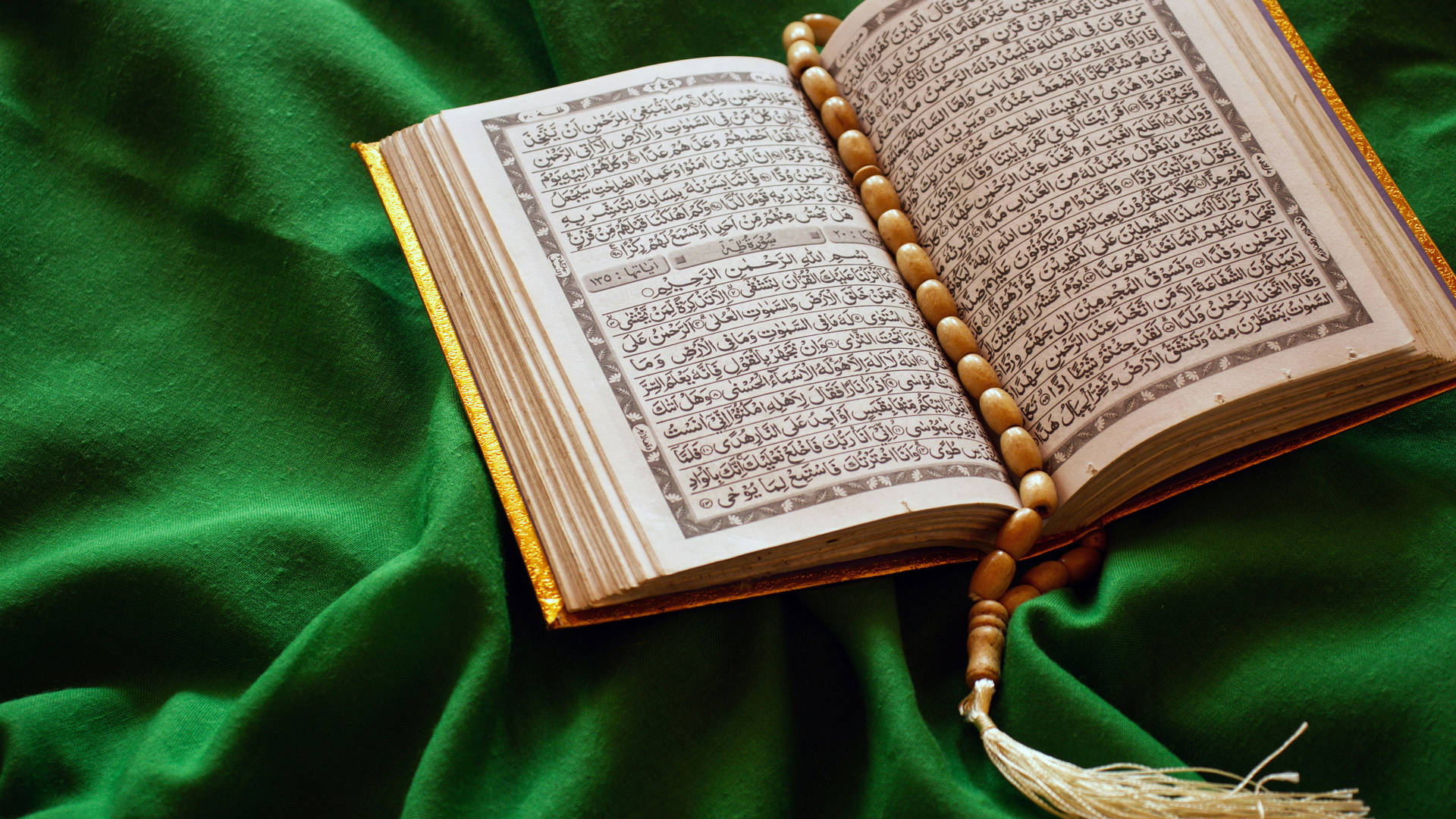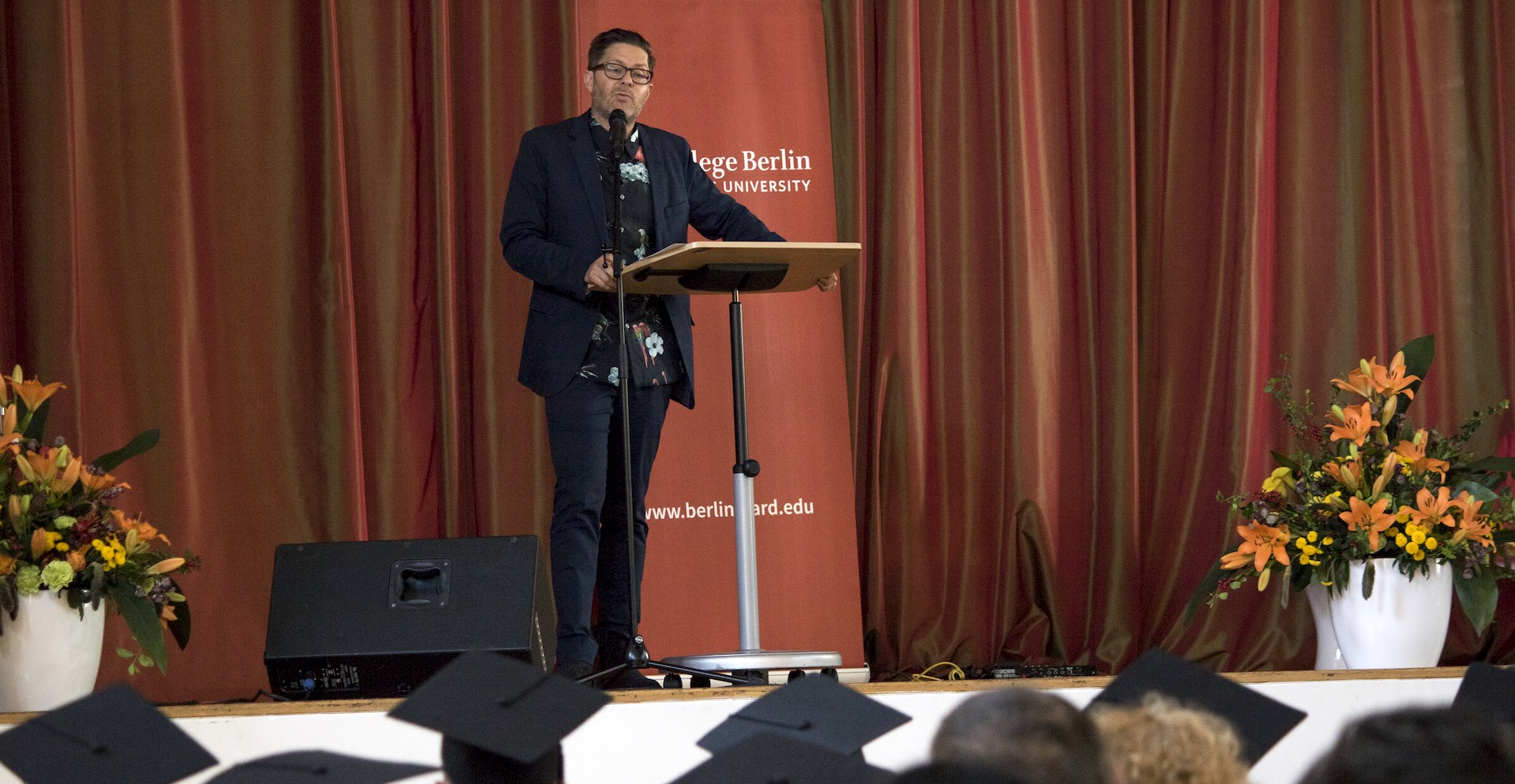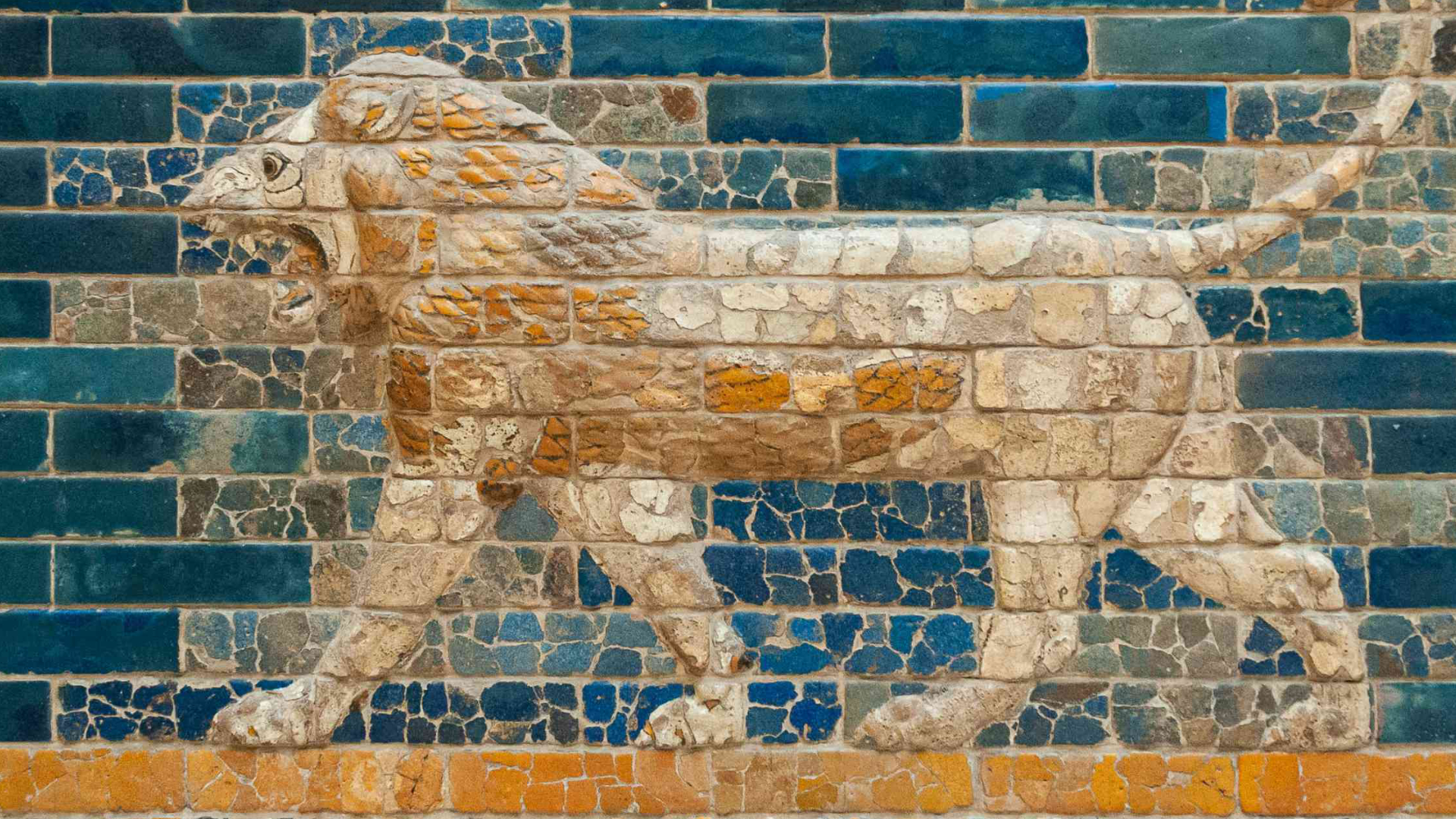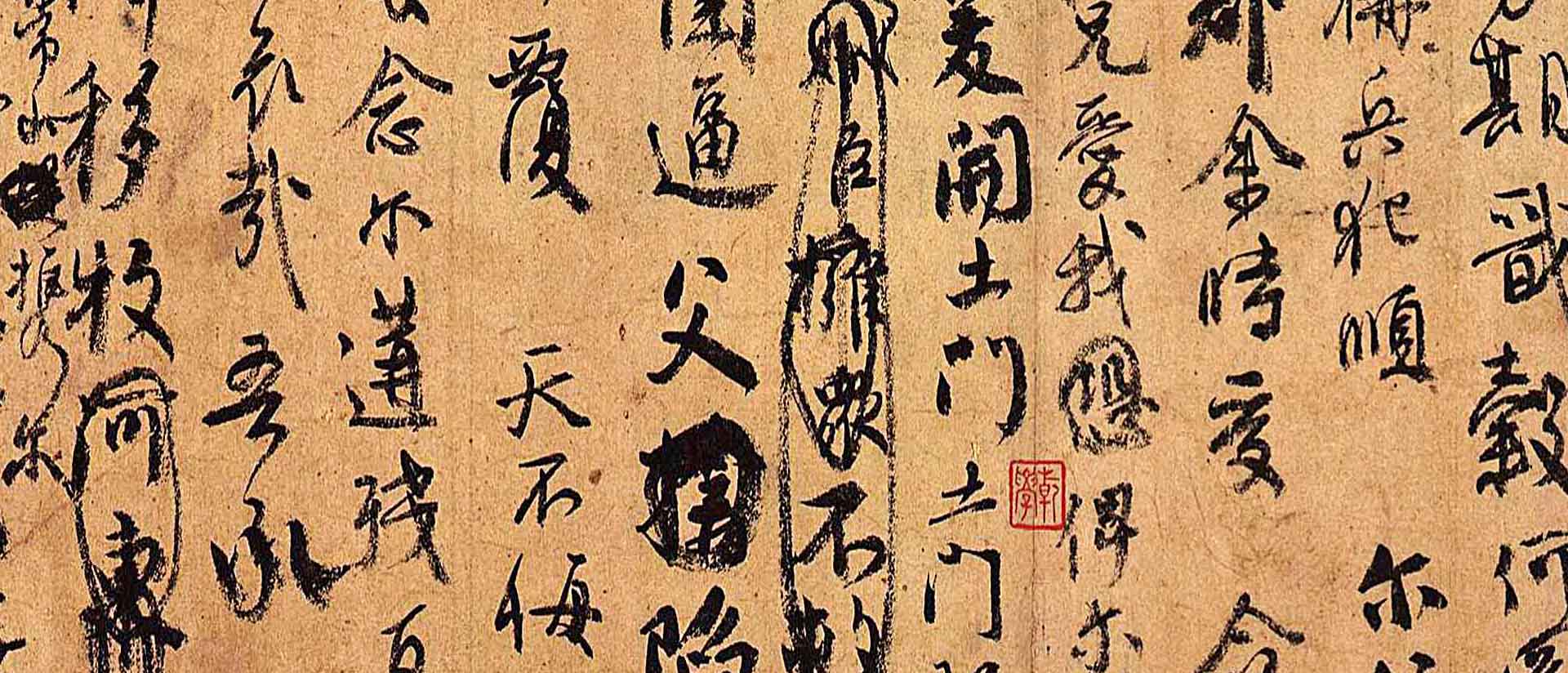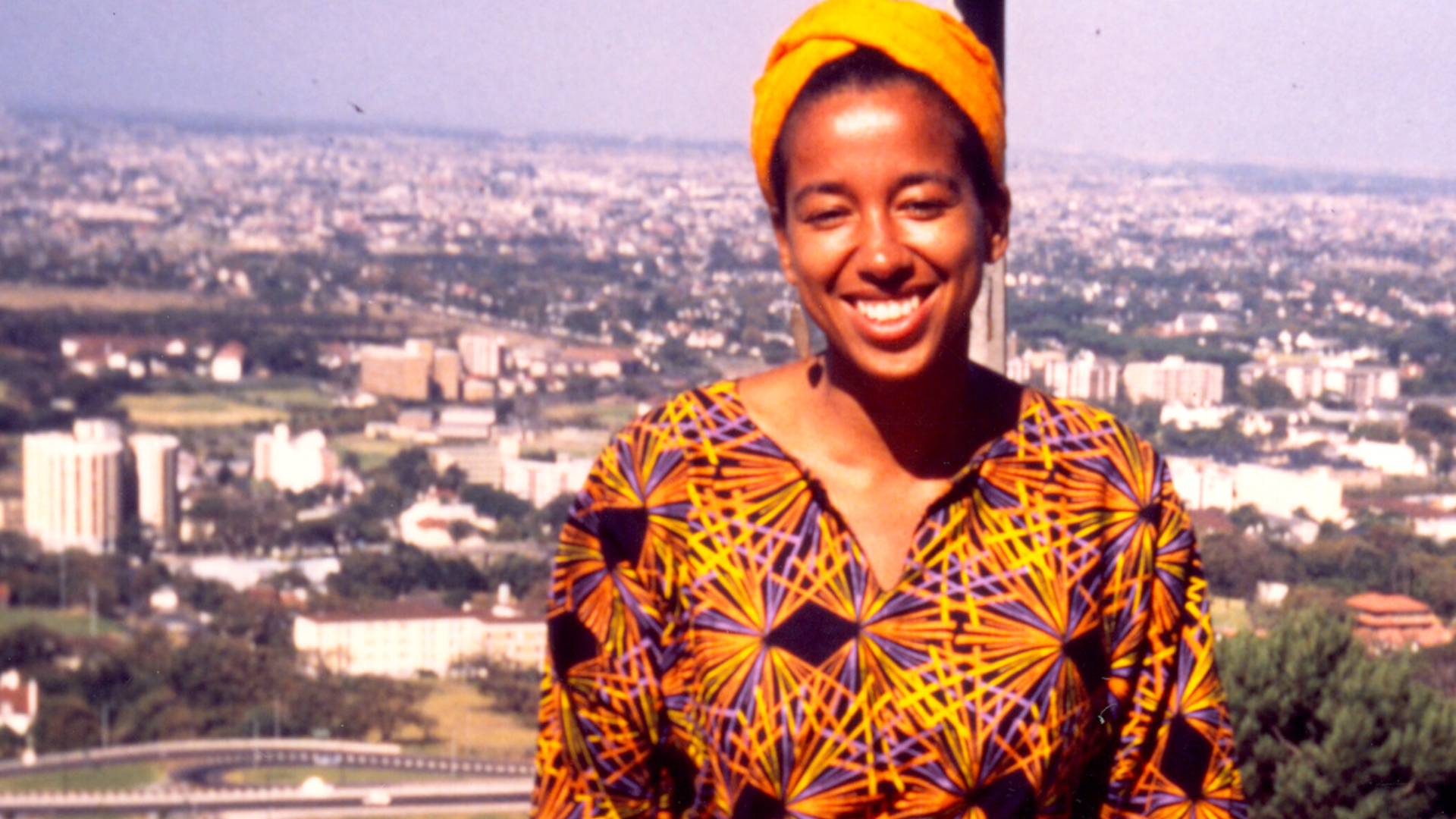
Writing the Divide
May Ayim’s intellectual activism in Germany
by Tiffany N. Florvil
Despite her hectic schedule, the Afro-German writer and poet May Ayim (1960–1996) remained active in the Black German movement. She organized a variety of conferences, workshops, and projects, including annual meetings and Black History Month celebrations for the organization iSd (Initiative für Schwarze Menschen in Deutschland), which enabled Black Germans to reclaim spaces within the nation. Moreover, Ayim’s activism in ISD and, to a lesser degree, ADEFRA—Initiative Schwarze Deutsche Frauen—helped her hone organizational skills and build networks in Germany. She also continued to give readings that engaged the themes of racism and sexism. Afro-Germans’ new visibility improved the quality of her own life.
Ayim became involved in other German organizations that championed antiracism and multiculturalism and that attended to internationalist issues. She joined the German branch of the International League for Human Rights and became a member of the Antiracist Initiative. She attended that organization’s forum, “Action Days against Racism, Sexism, and Fascism”, held in the spring of 1988, and their subsequent international conference “Against Racism, Fascism, and Sexism” in the fall of that year. Both Berlin- based organizations advocated for human rights through antidiscrimination initiatives. While available sources offer evidence that Ayim desired social change and was dedicated to multiple organizations concerned with bigotry and oppression in Germany, less known is how she interacted with others at these events or how frequently she attended meetings. Still, Ayim’s activism outside the Black German movement focused on human rights more broadly and exhibited her commitment to coalition-building.
By working with other German minorities, Ayim practiced fellow Berlin- based Caribbean-American writer Audre Lorde’s mantra of “connected differences,” and remained true to Lorde’s vision of activism. Ayim and Nivedita Prasad, an Indian and German activist, organized the 1990 conference “Ways to Alliances” (Wege zu Bündnissen), occurring in Bremen for “ethnic and Afro-German minorities,” and planned a 1991 national congress held in Berlin that addressed the plight of immigrant, Jewish, and Black German women. In 1992, they also published Documentation: Ways to Alliances with revised conference papers. At the 1990 multicultural festival “The Other Republic” (Die andere Republik), Ayim engaged with women of color and white German antiracists such as feminist Tatjana Böhm, Turkish-German Green Party member Sevim Çelebi, Indian antiracist Sanchita Basu, and Green Party member Ingrid Lottenburger. These conferences advanced ideas about Germany’s growing diversity and signified Ayim’s eagerness to build alliances with white Germans as well as other oppressed communities and to initiate critical dialogues about the problems plaguing German society. In the 1990s, she also attended meetings for the Black Women’s Informal Information and Support Network that included Dionne Sparks, Branwen Okpako, and Auma Obama, consciously pursuing work with Black women. In a 1995 interview, Ayim explained how pleased she was to see that discussions on racism and multiculturalism gradually occurred in Germany and that these developments affected people’s opinions, although they had yet to have a full impact in society.
A key source of Ayim’s political and emotional energy came from her writing. This was not merely a component of her politics; it was her politics. It was her poetry more than her organizing that ultimately delivered her international acclaim. She gained recognition performing spoken-word poetry nationally and internationally. Such performance was not only therapeutic, it also validated her experiences and allowed her to support multiple causes. In 1988, she co-founded a Berlin-based literary association entitled Literature Women (Literatur Frauen e.V., lit). lit galvanized diverse women writers, organized literary events, and under- took scholarly research on women’s issues and history. The organization’s membership included Elsbeth de Roos (Dutch), Ewa Boura (Greek), Sonia Solarte (Colombian), and others, and they organized events with authors such as South African feminist Ellen Kuzwayo. Ayim also read her own texts and served as a moderator on a panel about women’s literature at the 1988 Women of the World (Frauen der Welt) conference, entitled “Africa-Women-Weeks” (Afrika- Frauen-Wochen), in Berlin. At the 1993 Frankfurt Book Fair, she participated in a conference called “Silence Is to Blame: German Is a Colorful Language” (Schweigen ist schuld: Deutsch ist eine bunte Sprache), with a number of other women of color authors. These events demonstrate Ayim’s commitment to her writing as a tool for solidarity and advocacy.
A key source of Ayim’s political and emotional energy came from her writing. This was not merely a component of her politics; it was her politics.
At another 1993 panel, she read excerpts from her essay “The Year 1990: Homeland and Unity from an Afro- German Perspective” (Das Jahr 1990: Heimat und Einheit aus afro-deutscher Perspektive) in Distant Ties (Entfernte Verbindungen)—from a volume she co-edited and published with Orlanda Verlag. In it, she considered the post-Wall climate,
The Wall’s shadow had been cast into our East–West brains. People from the two Germanys met one another like twins who know about their common parents but had lived separated from each other since birth. [. . .] The early excitement of encounter crumbled with unpredictable speed, and the deceitfully won unity suffocated just as quickly under the tight artificial cloak of liberal German folksiness. Of course, you saw the little “one-Germany” flags and banners waving. Who was embracing each other in German-German reunification, and who was embraced, pulled in, bumped out?
After the fall of the Wall, Ayim expanded discourses on East–West and North–South divides by stressing the intersections of identity, racism, and nationalism. For her, East–West programming and initiatives needed to integrate discussions about the Global North and South. She sought to awaken individuals to the illusion of German unity on the ground, and cemented her role as a leading Afro-German “quotidian” intellectual. By this I mean that Ayim used vernacular cultural styles to impart knowledge about Black diasporic histories. In doing so, she destabilized the power of dominant knowledge and brought everyday experiences of discrimination to the forefront. Connecting with other diasporic writers in this vein, Ayim served as a moderator for a 1994 Berlin reading of Maryse Condé’s newly translated book The Children of Segu (Wie Spreu im Wind) and later interviewed her and wrote a review of the book.
Ayim’s inclusion of African, African American, and other Black diasporic themes and metaphors also enabled her to position Afro-Germans within a Black intellectual tradition. Through her existential and autobiographical poems, articles, speeches, and spoken- word performances, Ayim used her imposed marginal position to draw attention to Afro-Germans’ collective and individual difficulties in German society. In particular, she defied a German epistemic tradition that included men such as G.W.F. Hegel, who believed the Africans lacked a history and the ability to reason because they were “children,” and that Africans could not attain civilization or progress, because they were outside of Europe’s borders.
Through her existential and autobiographical poems, articles, speeches, and spoken- word performances, Ayim used her imposed marginal position to draw attention to Afro-Germans’ collective and individual difficulties in German society.
Ayim’s literature established her ability to reason and think philosophically, and her literature located and placed the Black subject within the German nation and European continent more broadly, permitting for a more complex understanding of culture and the nation. She argues for a history of culture that revealed the heterogeneous histories of Black Germans and other minorities in various spacetimes, often outside the spacetime of slavery. Moreover, as a quotidian intellectual, Ayim captured the zeitgeist—in this case the spirit of the Black German community, and she demanded a critical assessment of racist discourses and practices in German society, all the while comprehending and accepting the differences that existed within and shaped the nation.
In her work, Ayim attended to Germany’s colonial and fascist pasts and redirected attention to their afterlives in contemporary society. She explained how the history of German individuals of color was tied to racist exhibitions and racist colonial projects, and showed how Afro-German history predated the postwar period. Indeed, that history had long remained a significant part of German history, however overlooked and forgotten. She also critiqued the discourses that the reunified German government and media advanced by arguing that they sustained a system that indoctrinated a susceptible public. Throughout her critique, Ayim proposed that the racist elements of German culture manufactured discourses on integration and multiculturalism that ironically served to silence German minorities, preventing dialogue and transformation from occurring. Through her own intellectual activism, she would raise her voice against this silence.
The original version of this essay was published in Mobilizing Black Germany: Afro-German Women and the Making of a Transnational Movement, by Tiffany N. Florvil. Copyright 2020 by the Board of Trustees of the University of Illinois. Used with permission of the University of Illinois Press.
Photo: May Ayim sitting on a stone wall, South Africa. Photographer unknown (1994). Freie Universität Berlin, Universitätsarchiv, V/N-2 May Ayim (Opitz), Sig. 50.





